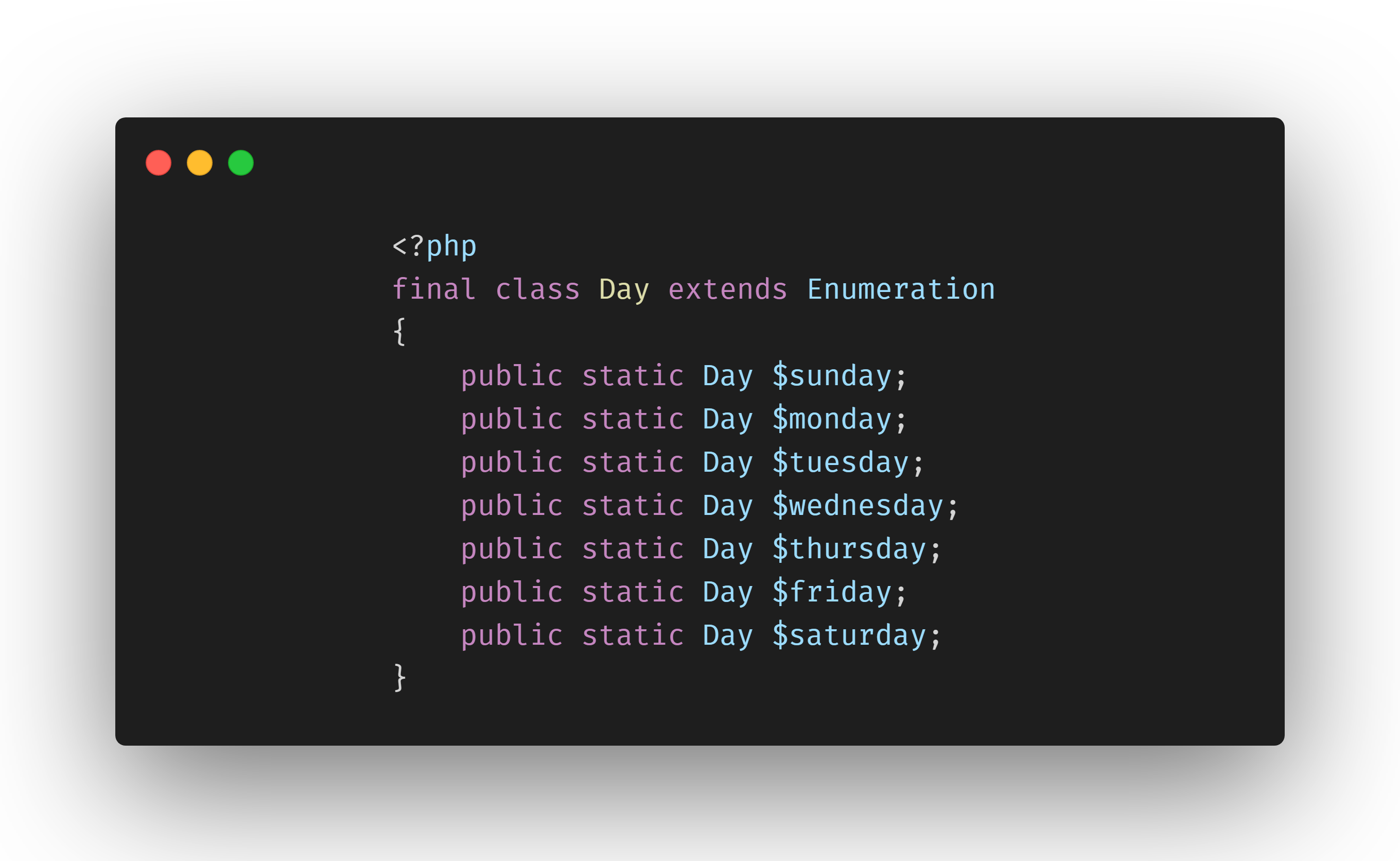Enum, short for enumeration, in PHP, brings a fresh, structured approach to coding with predefined constants. It opens up new possibilities for developers looking for streamlined, error-resistant code. The introduction of enums in PHP 8.1 offers a robust way to define a set of named values, enhancing readability and reducing bugs commonly associated with loose type values. In this article, we’ll delve into the mechanics of enums and their advantages and provide insight into extending an enum’s functionality within PHP applications. Elevating your programming prowess starts with understanding these building blocks, so continue reading for a clearer path to refined code.
Introduction to Enums in PHP: Basics and Benefits
Enumeration, commonly known as Enum, represents a way in PHP to define a custom data type that limits its values to a finite number of possible options. Introduced in PHP 8.1, Enum bolsters the type system by allowing developers to define a set of named values. This functionality supports the creation of expressive and self-validating code, reducing the likelihood of unexpected bugs associated with using a series of unstructured constants.
Before the introduction of Enum, PHP developers often resorted to creating a series of class constants to simulate enum-like behavior. These constants served as proxies for a fixed set of values without the in-built validation that true enums provide. Enum’s arrival shifted this paradigm by offering a more robust and streamlined approach to declaring and working with predefined options in a more native manner.
The concept of Enum in PHP is not just a mere collection of constants; it’s an object-oriented way of grouping related values. Enums ensure that values outside the declared set are not accepted, meaning illegal values are caught at compile time rather than runtime. Such compile-time checks significantly improve reliability and code safety, leading to a more predictable and secure application.
Understanding how PHP enum extends this functionality offers meaningful gains in code clarity and maintainability. As Enums become an integral part of the developer’s toolkit, they pave the way for more readable and self-explanatory code that aligns with modern programming principles. Though Enums were a long-awaited feature within PHP, their existence now marks an advancement in the programming experience with the language.
Extending Enums: Advanced Techniques and Use Cases
With the fundamentals of Enums in PHP established, developers can employ advanced techniques to enrich their functionality. By extending Enums, one can introduce methods that encapsulate logic specific to the values of the Enum, offering a blend of state and behavior that traditional constants lack.
Enums are not static in their utility; they can be extended to interact with other application parts. For instance, one may extend an Enum class to work seamlessly with database values, thereby syncing the application’s logic with persistent storage mechanisms.
Another valuable application of extending Enums comes in the form of integrating them with business logic validation. By coupling Enums with custom validation routines, developers enforce business rules at a lower application level, thus reinforcing the robustness of domain models.
Extended Enums can be instrumental in generating user-friendly data displays when applied to client-facing interactions. By incorporating localization or descriptive text associated with Enum values, developers provide a more intuitive interface that readily communicates the significance of these values to end-users.
Best Practices for Implementing and Extending Enums in PHP
When integrating enums in PHP, it’s critical to define them with a focus on the domain they represent to ensure they accurately embody the pertinent concepts. This practice aids developers in aligning the enum values with the specific realities of the application’s domain, fostering an intuitive mapping between the code and the business logic it encapsulates.
Extending an enum requires thoughtful consideration of the additional behaviors it will encapsulate. Developers should ensure that any methods added to an extended enum directly relate to the properties of its values, maintaining a clear and logical connection within the context of its usage.
Inheritance patterns when extending enums should be applied judiciously; overly complex hierarchies can obscure enums’ inherent simplicity and purpose. To avert this, developers ought to favor composition over inheritance where feasible, preserving the clarity and intent of enums within the system’s architecture.
Documentation is paramount, significantly, when extending enums to include additional functionalities. Clear comments and documentation enable other developers to understand the rationale behind the extensions and how to interact with the enhanced enum effectively within the application’s ecosystem.
Overall, embracing PHP enums and their extended functionalities significantly enhances code clarity and robustness by providing a structured and self-validating approach to handling predefined values. By integrating best practices and advanced techniques, developers can leverage enums to streamline application logic and improve maintainability, aligning with modern programming standards.
